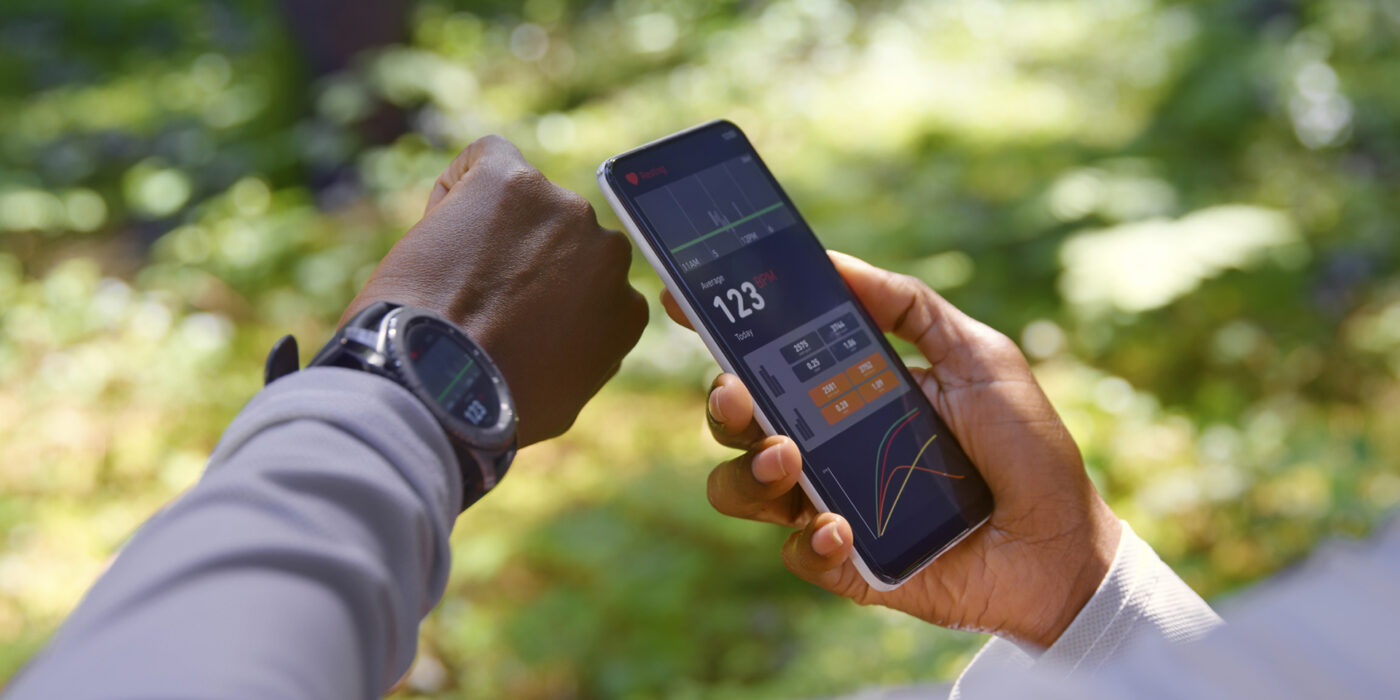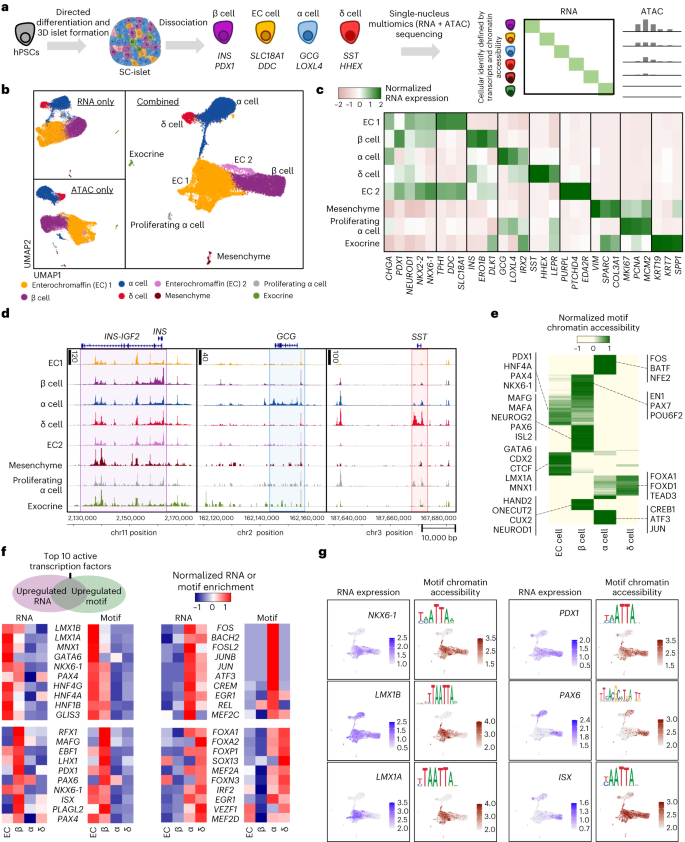2023-05-18 ワシントン大学セントルイス校
 A team of Washington University in St. Louis researchers developed a deep-learning model called WearNet using 10 variables collected by the Fitbit activity tracker to detect depression and anxiety. (Photo: iStock)
A team of Washington University in St. Louis researchers developed a deep-learning model called WearNet using 10 variables collected by the Fitbit activity tracker to detect depression and anxiety. (Photo: iStock)
◆ワシントン大学の研究チームは、Fitbitアクティビティトラッカーが収集した10の変数を研究するために開発されたという深層学習モデルを開発しました。このモデルは、日常の歩数やカロリー消費量、平均心拍数、安静時間などの変数を含んでいます。研究者は60日以上にわたって個人のFitbitデータを集めました。
◆WearNetは、うつ病と不安障害のリスク要因を考慮する際、最新の機械学習モデルよりもうつ病と不安障害を検出するのに優れたパフォーマンスを示しました。また、他の統計分析ではグループレベルでの相関やリスクを評価するのに対して、WearNetは個人レベルのメンタルヘルスの予測結果を提供しました。
<関連情報>
- https://source.wustl.edu/2023/05/data-from-wearables-could-be-a-boon-to-mental-health-diagnosis/
- https://dl.acm.org/doi/10.1145/3576842.3582389
ウェアラブルで精神障害を検出する: 大規模コホート研究 Detecting Mental Disorders with Wearables: A Large Cohort Study
Ruixuan Dai,Thomas Kannampallil,Seunghwan Kim,Vera Thornton,Laura Bierut,Chenyang Lu
ACM/IEEE Conference on Internet of Things Design and Implementation Published:09 May 2023
DOI:https://doi.org/10.1145/3576842.3582389
ABSTRACT
Depression and anxiety are among the most prevalent mental disorders, and they are usually interconnected. Although these mental disorders have drawn increasing attention due to their tremendous negative impacts on working ability and job performance, over 50% of patients are not recognized or adequately treated. Recent literature has shown the potential of using wearables for expediting the detection of mental health disorders, as physical activities are reported to be related to some mental health disorders. However, most prior studies on mental health with wearables were limited to small cohorts. The feasibility of detecting mental disorders in the community with a large and diverse population remains an open question. In this paper, we study the problem of detecting depression and anxiety disorders with commercial wearable activity trackers based on a public dataset including 8,996 participants and 1,247 diagnosed with mental disorders. The large cohort is highly diverse, spanning a wide spectrum of age, race, ethnicity, and education levels. While prior studies were usually limited to shallow machine learning models and feature engineering to accommodate the small sample sizes, we develop an end-to-end deep model combining a transformer encoder and convolutional neural network to directly learn from daily wearable features and detect mental disorders. WearNet achieves an area Under the Receiver Operating Characteristic curve (AUROC) of 0.717 (S.D. 0.009) and an AUPRC of 0.487 (S.D. 0.008) in detecting mental disorders while outperforming traditional and state-of-the-art machine learning models. This work demonstrates the feasibility and promise of using wearables to detect mental disorders in a large and diverse community.


